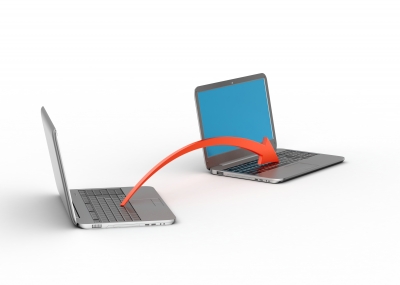 The Philippine Bureau of Customs (BOC) has issued new guidelines and procedures for the submission and issuance the electronic Certificate of Origin (eCO).
The Philippine Bureau of Customs (BOC) has issued new guidelines and procedures for the submission and issuance the electronic Certificate of Origin (eCO).
Before his term ended on June 30, former customs commissioner Alberto Lina on June 22 signed Customs Memorandum Order (CMO) No. 17-2016 implementing “a highly facilitative eCO submission, processing, and issuance procedure employing available technologies and best practices for the permit issuances” through the eCOS.
A CO, or Form D, is an international trade document attesting that goods in a particular export shipment are wholly obtained, produced, manufactured, or processed in a particular country. The CO, which also serves as an exporter’s declaration, has to be submitted to secure preferential tariffs as provided under the Association of Southeast Asian Nations (ASEAN) Trade in Goods Agreement (ATIGA).
BOC aims to automate CO submission through eCOS. Last year, the agency was supposed to initiate a three-month pilot of the electronic handling of preferential and non-preferential certificates of origin under CMO 49-2015. But shortly after, it indefinitely suspended the memo so as to address issues and concerns raised.
CMO 17-2016, which repeals CMO 49-2015, covers submission and processing Requests for Rulings (RFOR) on whether export products complied with the Rules of Origin (ROO) of a free trade agreement (FTA) to which the Philippines is a contracting party.
It also covers uploading to the eCOS database the ruling on whether the particular export products complied with specific FTA Rules of Origin (ROO) and Operational Certification Procedures, following approval by the Export Coordination Division (ECD) or the Export Divisions (EDs) at the port of loading.
Submission and processing of the CO based on previously issued ruling as contained in the Ruling Database are likewise included in CMO 17-2016.
The CMO further covers the registration of exporters that will use the eCO System; printing of the approved eCO in the prescribed CO Form for signing by the exporter and submission to the ECD/ED; signing of the printed eCO by the authorized Customs officers at the ECD/ED once verified that the CO hard copy is printed; scanning and storage in eCOS of CO as signed both by the exporter and the authorized Customs Officer at the ECD/ED; and generation of BOC Management Reports on the eCO.
Under the rules, BOC-accredited value-added service providers (VASPs) must submit their eCOS to the deputy commissioner of the Management Information System and Technology Group (MISTG) for accreditation.
“Accreditation shall be given on the basis of capability to support the electronic process provided in this Order,” BOC noted.
In lieu of the manual and paper-based application and issuance of the CO, the BOC prescribes using the eCOS provided by an accredited VASP.
In using the eCOS, registered exporters are to use their VASP-provided username and password.
BOC officers must likewise utilize the eCOS to process Requests for Origin Ruling certifications for export items.
CMO 17-2016 took effect on June 27 for preferential treatment given under the ATIGA. Effectivity of the other preferential treatments will be announced in a separate order, the BOC memo noted.
The customs agency added it will advise Customs authorities having an FTA with the Philippines about the eCOS implementation, and will submit or update the specimen signatures of authorized customs officers at the ECD.
BOC noted that “exporters shall be allowed to use the existing CO Form until such time that the inventory of the BOC is exhausted.”
The Export Development Council (EDC) last year said it was “looking forward to the implementation of E-CO as it will help in boosting the growth of the Philippine exports and raise the competitiveness of the country.”
Francis Ferrer, chairman of the EDC Networking Committee on Trade Policies and Procedure Simplification, wrote Lina that the eCO project will accelerate full ATIGA utilization. – Roumina Pablo
Image courtesy of [name of the image creator] at FreeDigitalPhotos.net





